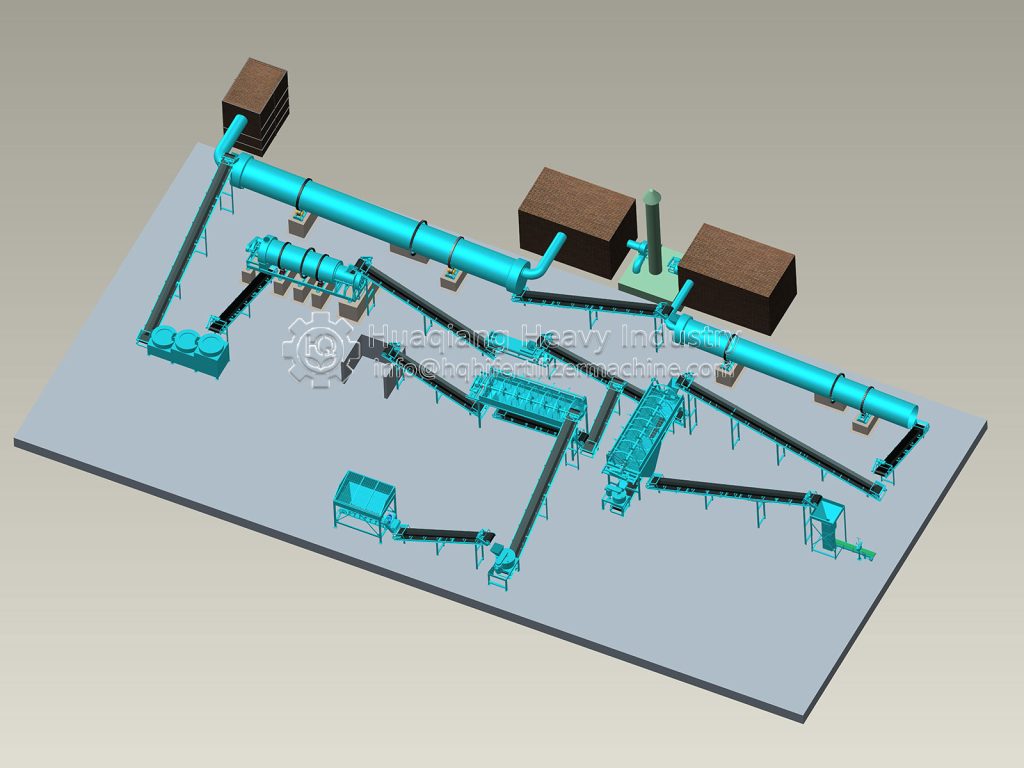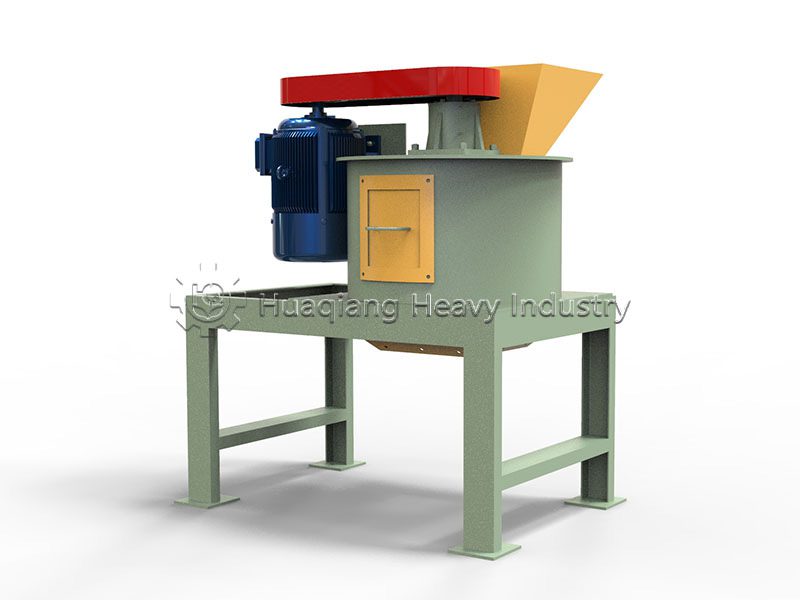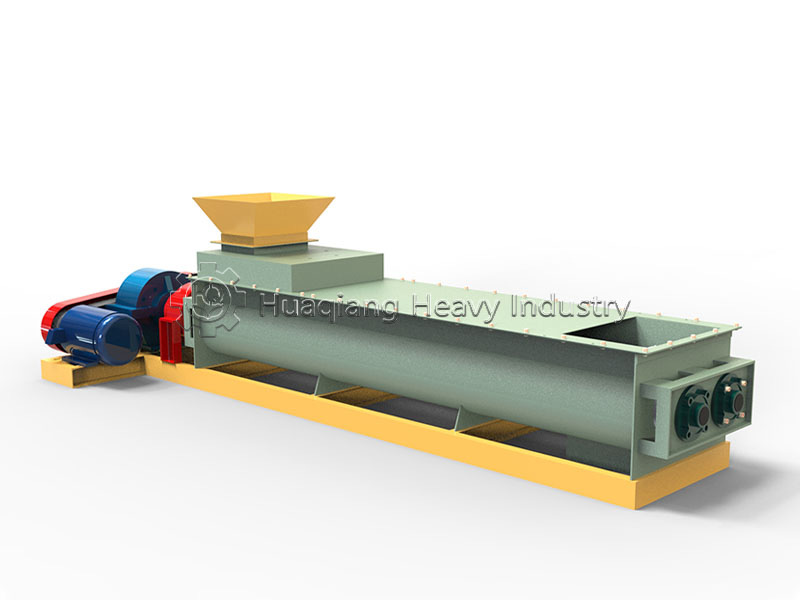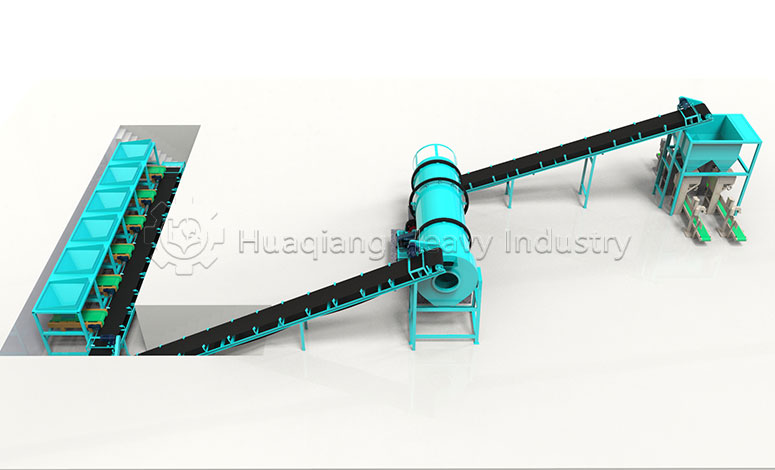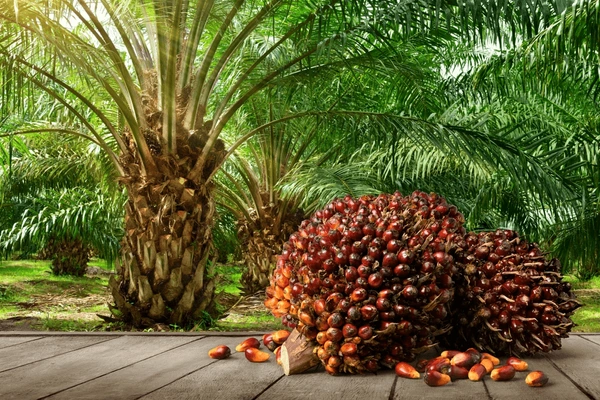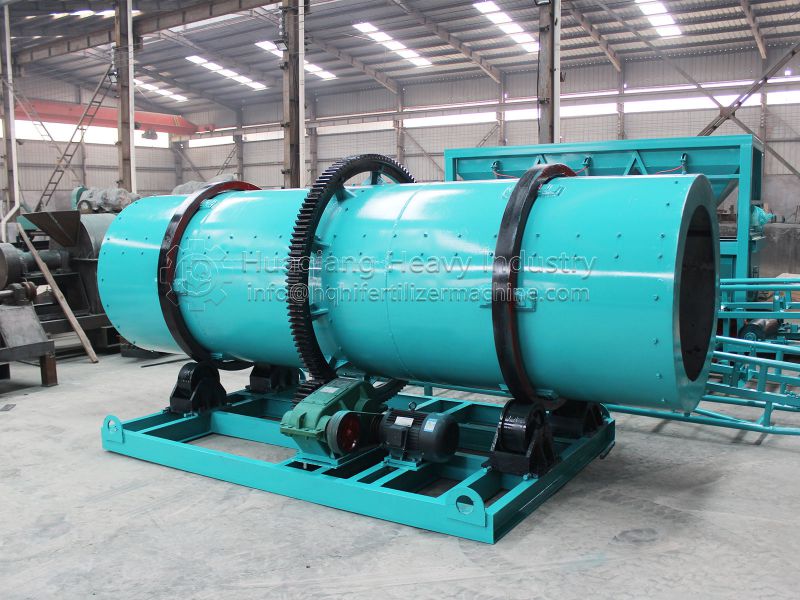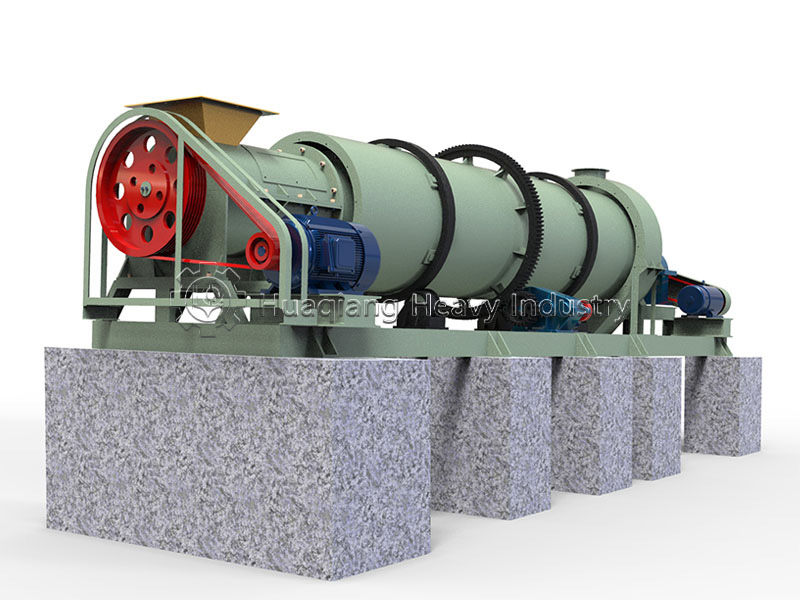In modern agriculture, nitrogen fertilizer is crucial for ensuring food production. However, one efficient and inexpensive nitrogen source—ammonium chloride—has been hindered from reaching its full potential due to a “physical flaw”: it’s notoriously difficult to form into granules.
Why Granular Fertilizer Matters
Imagine two types of fertilizer: one is a light powder that can easily blow away in the wind; the other consists of uniform, sturdy pellets. Which one is preferable? The answer is clear. Granular fertilizer is easier to spread mechanically, allows for precise dosage control, releases nutrients more steadily, and suffers minimal loss during transport and storage. Therefore, “granulation” is a key step in fertilizer production.
Nitrogen fertilizers like urea and ammonium sulfate can be granulated relatively easily. But ammonium chloride is a stubborn exception. Due to the strong ionic bonds between its ammonium and chloride ions, traditional tumble-granulation methods are largely ineffective. In the past, factories had to resort to “extrusion granulation” technology—forcing the material through a die to form strands, which are then cut into pellets, much like making noodles. This method not only causes severe equipment corrosion but is also energy-intensive, low-yielding, and costly. Consequently, ammonium chloride has typically been sold as a powder or used as a minor component in compound fertilizers, limiting its widespread application.

The Search for a “Binder”: From Failure to Breakthrough
How can loose ammonium chloride powder be made to coalesce into solid, individual pellets? The key for researchers was to find an effective “binder.” It’s similar to baking, where you need the right ingredients to bind the flour together.
The research team tested a wide variety of potential binders, including fly ash, zeolite powder, kaolin, and even various sulfates and chlorides. Most results were unsatisfactory: either the binding effect was too weak, leading to excessively long granulation times; or the resulting pellets were too fragile, crumbling easily; or the pellet shape was too irregular for practical use.
A turning point came with a substance called polyaluminum chloride (PAC). PAC is commonly used as a coagulant in water treatment, causing impurities in water to clump together and settle. It was this very “agglomerating” property that gave researchers hope.
The Magic of “Binding” and “Assistance”
Experiments revealed that when powdered polyaluminum chloride was mixed with ammonium chloride, along with a small amount of urea as a “granulation aid,” something remarkable happened. In a disc granulator at room temperature, the mixture could quickly and efficiently form uniform, round pellets.
The scientific principles behind this are quite ingenious:
Overcoming Electrostatic Repulsion: Tiny ammonium chloride particles repel each other due to similar surface charges, making aggregation difficult. PAC releases a multitude of highly positive-charged ions in water. This “army of positive charges” can effectively neutralize the negative charges on the powder surfaces, weakening electrostatic repulsion and clearing the path for particle agglomeration.
Building “Molecular Bridges”: The PAC molecule structure features numerous active groups. These act like tiny “hands” that can grab onto multiple ammonium chloride particles simultaneously, forming strong “particle-polymer-particle” composite bridges between them, thereby helping small particles grow into larger ones.
Urea’s Crucial Assist: Using PAC alone showed improvement, but adding urea led to a leap in granulation speed and quality. Urea and ammonium chloride can interact at a microscopic level to form a stable inclusion compound. This structure further reinforces the internal molecular network of the pellet, making it denser and stronger.
Ultimately, the research team identified a “golden formula”: a mixture of ammonium chloride, urea, and PAC in a mass ratio of approximately 74:18:8. Pellets produced with this formula achieved an average hardness of about 20 Newtons, fully meeting the strength requirements for practical application.
New Hope for Greener Agriculture
The success of this research is more than just a technical breakthrough. Ammonium chloride itself is a high-quality nitrogen fertilizer with good nitrogen use efficiency and low cost. Enabling its efficient, low-cost granulation means farmers could have access to a more economical, user-friendly, and equally effective granular nitrogen fertilizer option in the future.
The deeper significance lies in environmental protection. Nitrogen fertilizer loss is a major contributor to issues like water eutrophication and soil acidification. Granulated ammonium chloride, due to its slower release and physical stability, can reduce losses from volatilization and leaching during application. This improves fertilizer use efficiency and helps mitigate agricultural non-point source pollution at its source.
From a difficult-to-handle powder to smooth, robust pellets, the “shaping” journey of ammonium chloride is a vivid example of how science and ingenuity can transform a challenge into an opportunity. It shows us that through a deep understanding and clever application of material properties, we can add a vital building block to the foundation of sustainable agriculture.
From Scientific Breakthrough to Industrial Production
The successful development of an effective binder for ammonium chloride granulation is a prime example of innovation within npk fertilizer production technology. This advancement must be integrated into the broader npk fertilizer manufacturing process to be commercially viable. The process would begin with precise raw material formulation, potentially using a npk blending machine or npk bulk blending machine to mix the ammonium chloride, urea, and binder in the correct ratio.
This uniformly mixed powder would then proceed to the granulation stage of a complete npk fertilizer production line. Specialized npk granulation machine technology would be employed, utilizing equipment such as a npk fertilizer granulator machine (like a disc granulator) designed to handle the specific properties of the formulated mix. The integration of such specialized formulations and binders into established production systems demonstrates how npk fertilizer production technology continuously evolves, enabling the efficient manufacturing of a wider range of high-quality, user-friendly, and environmentally considerate fertilizer products for global agriculture.
